|
|
YRISW 2018
Young Researchers Integrability School and Workshop
Monte Verità, Ascona, Switzerland
7-13 January 2018
|
|
Speakers and Program
We will have six courses which will cover some of the latest advances in AdS/CFT integrability. Below is a short presentation of the courses and lecturers.
|
|
|

|
String sigma models and classical integrability
In this course our aim is to derive the worldsheet action of the AdS5xS5 superstring, demonstrating its key properties, including classical integrability. This model is the starting point for the remarkable solution of the related AdS/CFT spectral problem via integrability. Depending on time additional topics may include integrable deformations, lower dimensional AdS backgrounds and the construction of classical string solutions.
Ben Hoare obtained his PhD from Imperial College in 2012. He is currently a postdoctoral researcher at ETH Zurich working on integrability in gauge/string dualities.
|
|
|
|
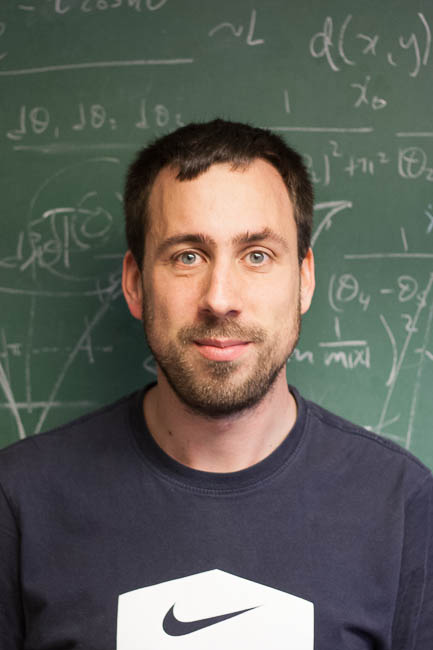
|
Spin chains, Bethe Ansatz and one-point functions
I will discuss integrable spin chains and how they can be used to compute anomalous dimensions and one-point functions in field theories that occur in the AdS/CFT correspondence.
Marius de Leeuw works in the field of integrable systems and the AdS/CFT correspondence. He obtained his PhD in 2010 from Utrecht University, after which he held postdoc positions at the Max-Planck-Institute for Gravitational Physics, ETH Zurich and the Niels Bohr Institute. In the fall of 2017 Marius will move to Trinity College Dublin on a Royal Society University Research Fellowship.
|
|
|
|
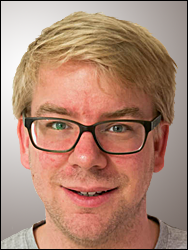
|
Integrable S matrices in AdS/CFT
The world-sheet S matrix is a central element in the study of integrability in AdS/CFT. In this course I will demonstrate how the S matrix can be determined using the symmetries of the gauge-fixed sigma model for string theory in AdS5xS5. I will furthermore discuss the role of the S matrix in the spin-chain description of the dual CFT, as well as generalisations to lower-dimensional examples of the AdS/CFT duality.
Olof Ohlsson Sax's research interest centres around integrable models applied to AdS/CFT, with a focus on lower-dimensional models in for example AdS3/CFT2. Olof got his PhD from Uppsala University in 2011, after which he worked as a postdoc first at Utrecht University and then at Imperial College in London. Currently Olof is an assistant professor at Nordita in Stockholm.
|
|
|
|
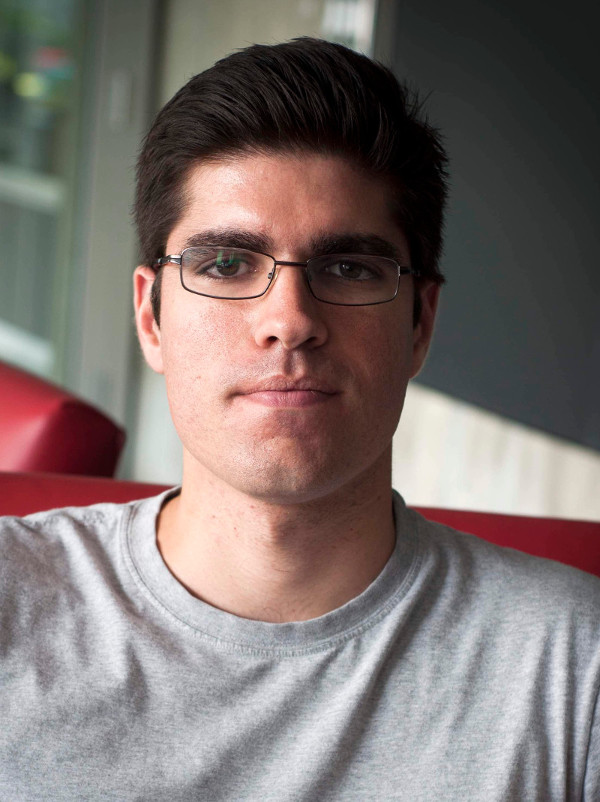
|
Three-point functions from Integrability
In this course, I will describe how Integrability techniques can be used to efficiently compute three-point correlation functions of local operators in the context of the AdS/CFT correspondence.
João Caetano's research is devoted to the study of observables in integrable systems that emerge in the AdS/CFT correspondence. João obtained his PhD from Perimeter Institute in 2015 and he is currently a postdoc at École Normale Supérieure in Paris.
|
|
|
|
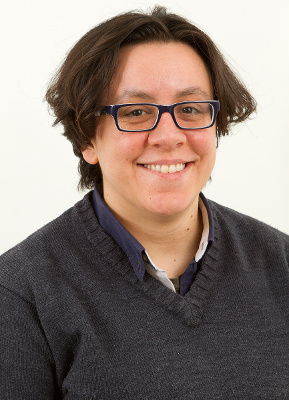
|
Spin chains for N = 2 SCFTs
We will begin by reviewing some basic facts about N=2 SCFTs in 4D, their symmetry algebra, multiplets and Lagrangians. We will then construct spin chains for N = 2 SCFTs and discuss their state space, symmetries, single magnon dispersion relation and S-matrix. Finally, we will show how to derive some of these results using Feynman diagrams in superspace formalism.
Elli Pomoni got her PhD from Stony Brook University in 2010 and is now leading a young investigator Emmy Noether group funded by DFG at DESY, Hamburg. Her main research interests revolve around exact results in gauge theories.
|
|
|
|
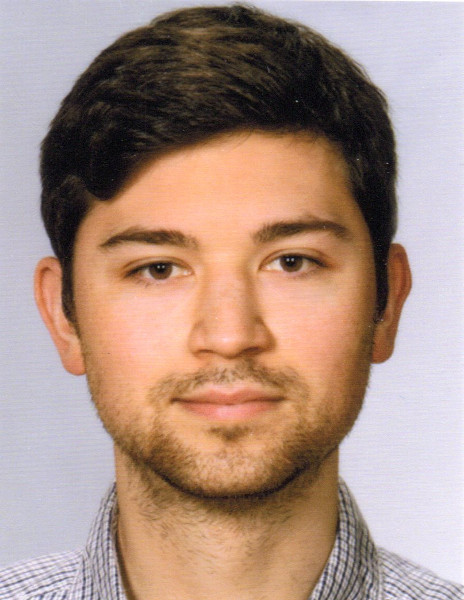
|
Wilson loops and integrability
I will discuss Wilson loops in gauge theories with a focus on N=4 SYM theory. For the supersymmetric generalizations of the Wilson loop appearing there, several manifestations of the integrability of the theory appear.
Hagen Münkler's research so far has focused on Wilson loops in N=4 SYM theory and their symmetries. After completing his PhD at Humboldt University in Berlin, he will move to ETH Zurich for a postdoc position in the fall of 2017.
|
|
|
Organisers
|




|
|











